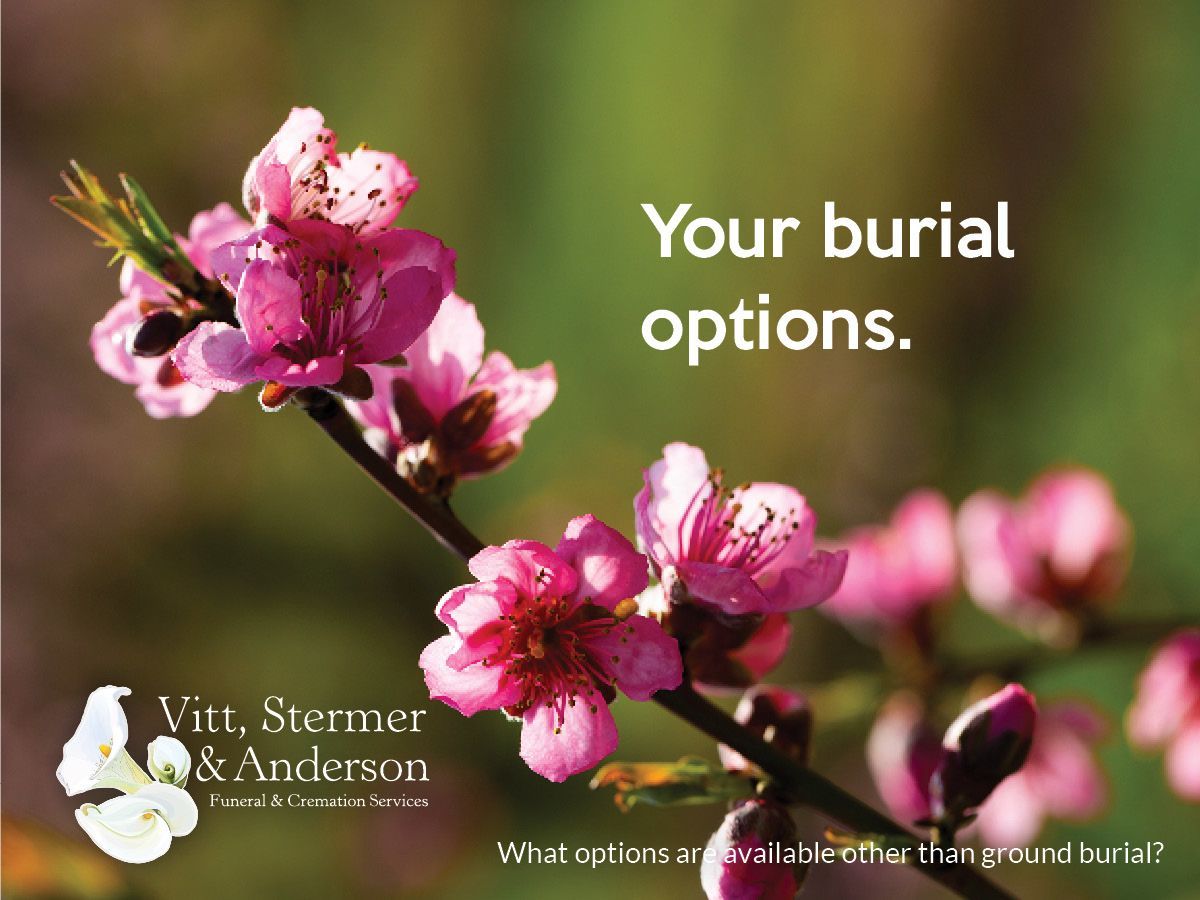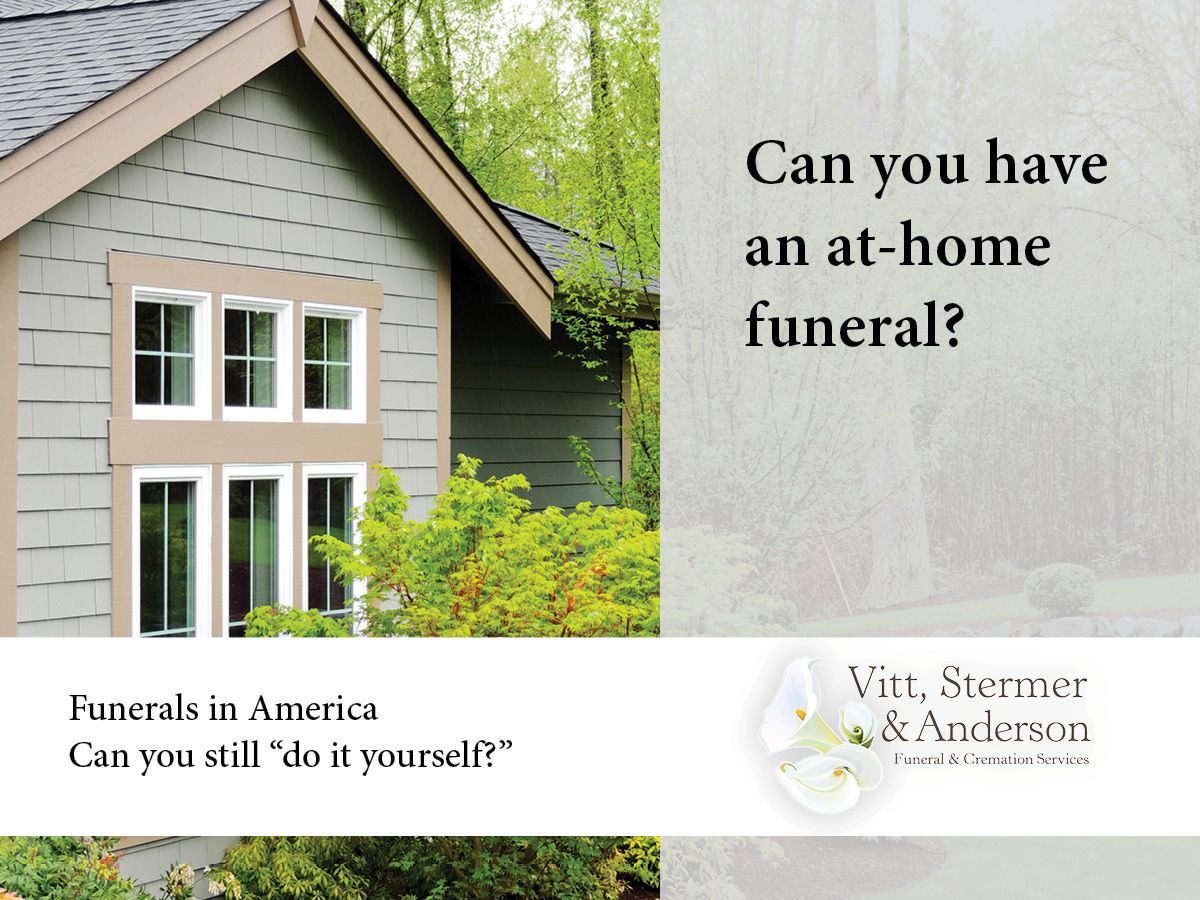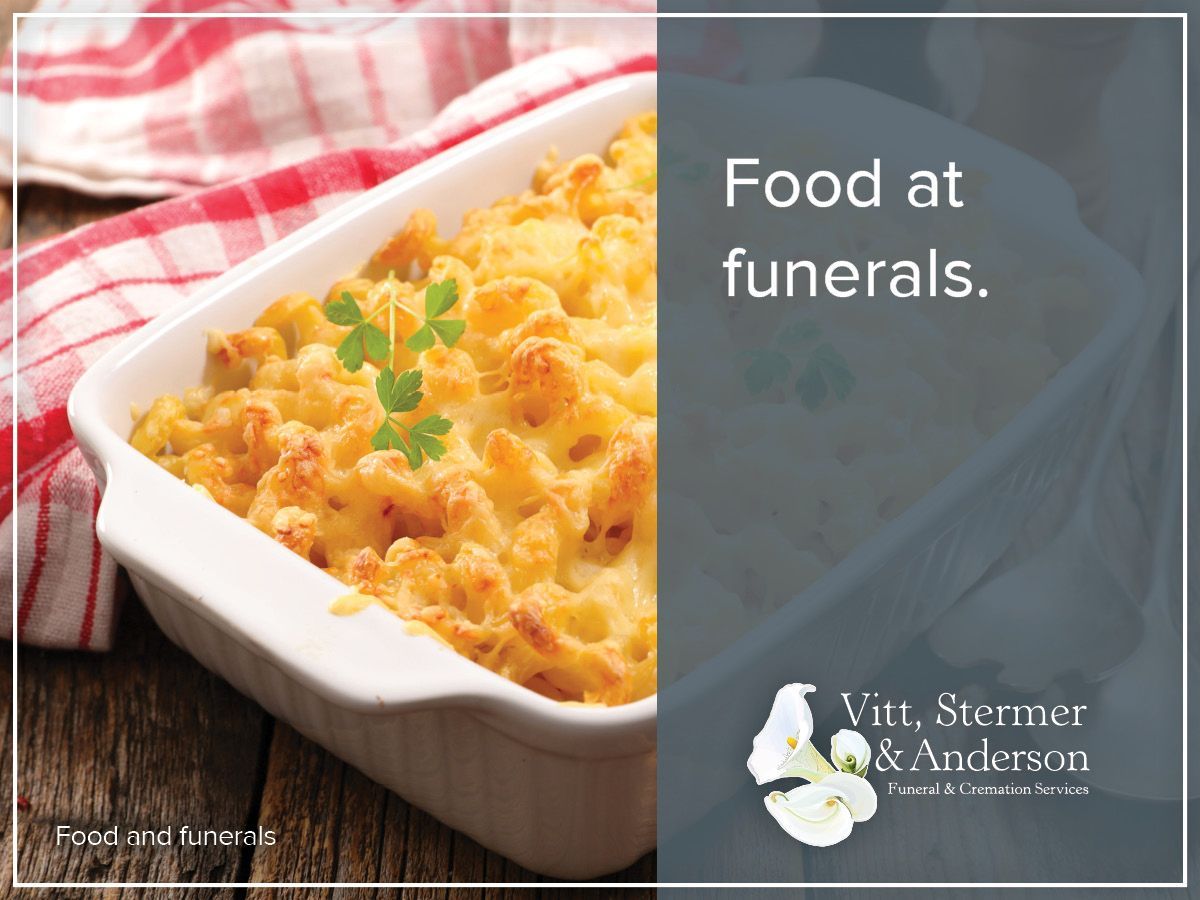Where Should You Sit at a Funeral?
There’s a lot of etiquette to consider when you attend a funeral. It’s easy to find yourself wondering if you’re making the right choices. One place where etiquette comes into play at a funeral is where you should sit. What’s the right place to sit if you’re family? What about a friend? Let’s walk through what seating typically looks like at a funeral.
Where to Sit at a Funeral
Where does immediate family sit?
The first few rows are usually designated for the immediate family of the decedent. Immediate family would include parents, spouses, children, and siblings, but it may consist of different people depending on their relationship. For instance, if a cousin was raised more as a sister, that cousin should most likely sit in the first few rows.
If you don’t fall into the category of immediate family, you should steer clear of those first few rows unless you have been specifically requested otherwise. If a member of the immediate family asked you to sit close to them for support, for example, you should most likely follow their request. Just be mindful of where you’re sitting. Ultimately, if someone in the immediate family needs a seat and you’re sitting in the first few rows for one reason or another, you should move and offer your seat. People can feel slighted when they believe that they’re immediate family, but they don’t have a seat with where the rest of the immediate family is sitting. With emotions running high, as is often the case at a funeral, familial rifts can happen. Moving your seat may help prevent a more stressful situation from occurring.
Where do extended family sit?
Extended family, friends, colleagues, and acquaintances can sit anywhere behind the immediate family. But there are a few things to keep in mind. You should always choose your seat in a respectful way and acknowledge how it may affect others. For instance, if you’re very tall, selecting a seat closer to the back would be respectful so that you won’t be blocking people’s views.
If you arrive early, choose a seat in the middle of the row. That way, people will be able to join you on either side, whether they descend down the right or left side of the aisle. Sitting in the middle prevents you from having to get up several times to allow people to move past you in the row. If people arrive late, they’ll be especially grateful that you sat in the middle because there will be more seats on the outside of the row for them to sit in without causing a disturbance.
You may think that, in order to be respectful of the family’s space, you should sit in the very back, but that’s not entirely the case. For one thing, sitting closer to the immediate family allows you to be available to help should they become very overcome by emotion and need support. But another reason you shouldn’t sit in the back is that the room may not fill up as much as you expect it to. Some family members find it upsetting when the room is not full, even if it’s very large. Sitting closer to the front gives the illusion that the room is full, which may make the family feel better. It’s a better idea to fill the room from front to back, save for those first few rows. Filling the seats this way will also be more convenient for latecomers. People who arrive late may cause a disruption by having to walk all the way down to the front of the aisle to find an open seat.
I’m a close friend. Where do I sit?
Friends should most likely sit behind the first few rows. Otherwise, they can sit anywhere they would like. However, it’s ultimately the immediate family’s decision about who sits with them in the first few rows. A close family member may ask you to sit close to them. Some friends are more like family. They may have known the decedent for their entire life, giving them love and support throughout their lifetime. In cases where someone feels more like immediate family, it may make sense for them to sit with the immediate family.
However, you should be mindful of your status as someone invited to sit in those rows. If those rows fill up entirely and there is no place to sit for a close relative, you should respectfully remove yourself to another seat. You may even be asked to move. If you are asked to move, try not to take it personally. The grieving family should come first at a funeral.
I’m a pallbearer. Where should I sit?
If you have an essential duty, such as being a pallbearer, you should check with the funeral director before you take your seat. In some cases, the pallbearers will be asked to sit in one of the first rows so that they can easily walk to the front when the time comes for them to carry the casket. However, sometimes the pallbearers will simply sit with their friends and family in the rows further back. Check with the funeral director about where to sit, as well as when to stand up and walk to the front.
When should I sit down, and when should I leave?
If there’s a viewing before the funeral, as is sometimes the case, visit with the family and offer your support and condolences. Then, quietly take your seat. If there is no viewing, you should enter the service’s location softly and walk directly to your seat. You should not search out the family to offer your condolences. You may have the opportunity to speak to them at a visitation or reception, or you may have already talked to them on a previous day during a wake or viewing. But a funeral is not the place to disturb them, even if you have the best of intentions.
You should stay seated throughout the length of the service. If the service is religious, you may be asked to stand and sit several times, but otherwise, you should sit. Once the service ends, you should wait until the pallbearers, immediate family, and extended family leave. However, if you are not a member of the funeral procession, you should then immediately go and exit the parking lot. If you are a member of the funeral procession, you should check with the funeral director to be sure you have everything you need, as you may need flags for your car. You should also check to be sure you exit in the proper order.
What should I do if there are no seats?
If there are no seats, you should stand near the back of the room. If you do find a seat, be mindful of the other mourners around you. If you see someone grieving very intensely, you should offer your seat. Just as you would do anywhere else, you should also offer your seat if you see a pregnant, elderly, or disabled person who does not have a seat.
For the most part, where you sit at a funeral is up to you. Most likely, there will not be someone to escort you to your seat. The only rows you should not sit in, unless you are immediate family or are asked to sit there, are the rows closest to the front. You may sit anywhere behind those rows, and you should try to fill the room from front to back and from the middle of the row outward. No matter where you sit, remember to enter the room and sit down quietly and respectfully. With every decision you make regarding your seating, from where to sit to how to sit, you should keep the decedent’s family’s needs in mind.












